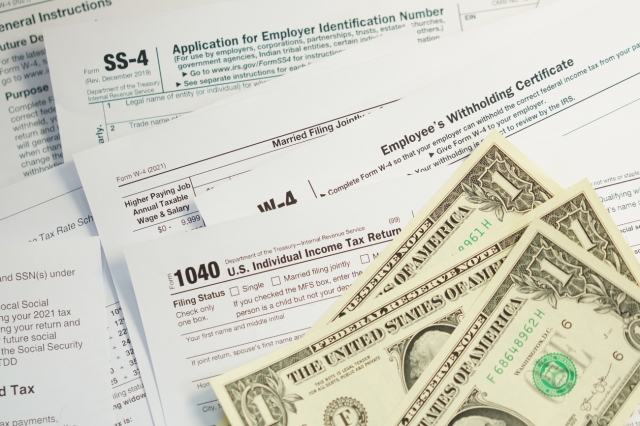Navigating the world of taxes can be complex, especially when it comes to amending a tax return to correct an error or account for missed deductions or credits. An amended tax return refund is a payment issued to a taxpayer who has corrected their tax return post-submission. This might be due to errors in the original filing or because new information has surfaced that impacts their tax liability. Understanding the nuances of this process can save both time and money. In this article, we will delve into the essentials of amended tax return refunds and help you better comprehend the intricacies of the process.
Understanding the Basics of an Amended Tax Return Refund

An amended tax return refund arises from changes made to a tax return after it has already been filed. The Internal Revenue Service (IRS) allows taxpayers to make corrections to their tax submissions by filing a Form 1040-X. This process can lead to either an additional tax owed or a refund due to the taxpayer.
When a taxpayer discovers a mistake, such as incorrect income reporting or missed deductions, it's crucial to address these issues promptly. Filing an amended return is the proper way to convey this information to the IRS. However, it's important to note that not all changes require an amendment; some minor errors are often corrected by the IRS during processing.
Receiving a refund from an amended return generally takes longer than the initial tax refund process. You may be left wondering, "Where's My Amended Tax Refund?" The IRS meticulously reviews each amended return, which can extend the timeline. The importance of accuracy and completeness when filing an amended return cannot be overstressed, as mistakes can further delay processing. Taxpayers must also be aware that there's a time limit on filing an amended return for a refund amount. You must file Form 1040-X within three years after the date you originally filed your return or within two years after the date you paid the tax, whichever is later.
Eligibility and Reasons for Filing an Amended Tax Return
Recognizing whether you're eligible and have valid reasons for amending a tax return is a critical first step. Eligibility hinges on the discovery of inaccuracies or overlooked information after a tax return has been filed which, if corrected, would alter your tax obligations.
Common reasons to amend a return include errors in filing status, total income, or deductions and credits. For example, if you missed claiming a significant deduction like education credits or property taxes, amending the return might be to your benefit.
Other instances that call for an amended return are changes in dependency status, such as gaining or losing a dependent, or misreporting capital gains and losses. Additionally, if you receive corrected tax documents such as a W-2 or 1099 after filing your return, you will likely need to amend your filing.
The Process of Amending Your Tax Return for a Refund

The process of amending a tax return is relatively straightforward, but it does require attention to detail to avoid further complications. The first step is to complete Form 1040-X, carefully following the form's instructions to report the original and corrected figures, explaining the reason for the changes.
It's important to gather all supporting documents that corroborate the changes made on the amended return. These might include additional W-2s, 1099s, receipts, or other financial statements. Having all the necessary paperwork on hand will facilitate a smoother revision process.
Once the form is correctly filled out and supporting documents are ready, you must mail the documents to the IRS. As of now, the IRS does not accept e-filed amendments for all returns, so mailing is often the only option. Ensuring that you address the envelope correctly and perhaps even opting for certified mail can grant peace of mind.
After the IRS receives an amended return, they will review it, which can take up to 16 weeks. Throughout this period, it's essential to check the status of the amended return occasionally to monitor its progression through the system.
Overall, understanding the mechanics of amended tax return refunds and adhering to IRS guidelines can greatly influence the speed and success of the process. By accurately filing an amended return when necessary, keeping track of the amendment, and understanding common concerns, taxpayers can navigate the waters of tax amendments with greater confidence.






